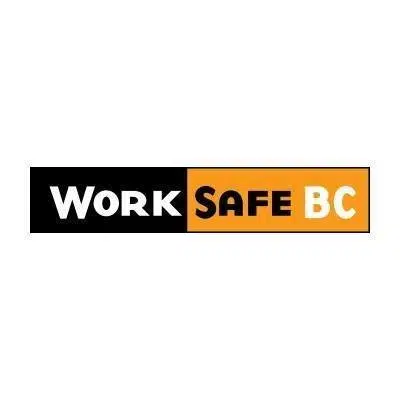As temperatures begin to rise across the province WorkSafeBC is reminding employers and workers about the risks of developing heat stress while working.
Heat stress occurs when your internal temperature rises faster than the body can cool off. Symptoms of heat exhaustion include excess sweating, dizziness, fainting and muscle cramps. Symptoms of heat stroke include cessation of sweating, an increased breathing rate, confusion, seizures and even cardiac arrest.
To prevent heat stress WorkSafeBC requires employers to conduct assessments. Employers must also have heat mitigation plans that provide education and training in recognizing the signs of heat stress. Some of the things that can be done to prevent heat stress include, monitoring heat conditions and requiring workers not to work alone, determine appropriate work and rest cycles as well as rotating work activities.
WorkSafeBC reminds everyone to keep hydrated and to take breaks when needed.










Comments